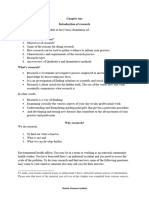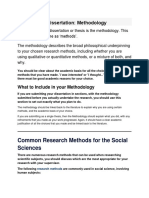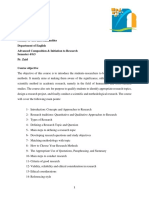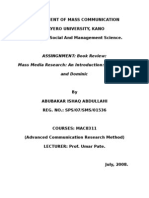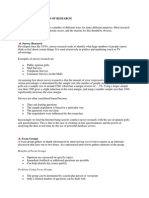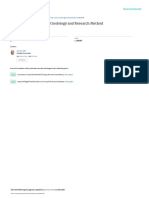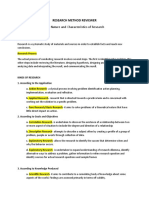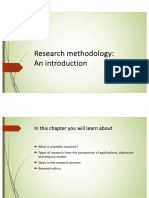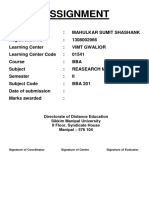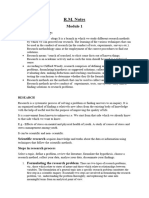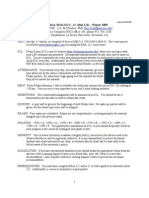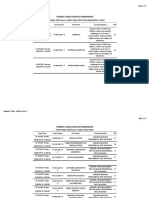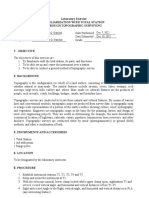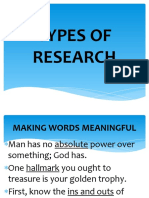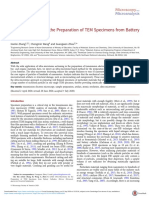0% found this document useful (0 votes)
44 views21 pagesIntroduction To Research Assignment
The document outlines the research process in mass media studies, emphasizing the importance of defining a research problem, conducting literature reviews, and employing the scientific method. It discusses various steps in the research process, including hypothesis formulation, data collection, analysis, and ethical considerations. Additionally, it provides examples of South African mass media studies and highlights the characteristics of the scientific method.
Uploaded by
uwaislegrange24Copyright
© © All Rights Reserved
We take content rights seriously. If you suspect this is your content, claim it here.
Available Formats
Download as DOCX, PDF, TXT or read online on Scribd
0% found this document useful (0 votes)
44 views21 pagesIntroduction To Research Assignment
The document outlines the research process in mass media studies, emphasizing the importance of defining a research problem, conducting literature reviews, and employing the scientific method. It discusses various steps in the research process, including hypothesis formulation, data collection, analysis, and ethical considerations. Additionally, it provides examples of South African mass media studies and highlights the characteristics of the scientific method.
Uploaded by
uwaislegrange24Copyright
© © All Rights Reserved
We take content rights seriously. If you suspect this is your content, claim it here.
Available Formats
Download as DOCX, PDF, TXT or read online on Scribd
/ 21


